Painting rattan wicker furniture is a great way to refresh and improve the appearance of old or boring items. However, not everyone knows how to paint wicker furniture properly and effectively. In this article, we will guide you how to paint wicker furniture, from preparation, choosing the type of paint, to execution and preservation.
Follow along to learn how to paint and refinish wicker furniture!
Contents
1. How to prepare wicker furniture for painting?
To prepare wicker furniture for painting, you need to clean and dry their surfaces. You can use a soft brush or a vacuum cleaner to remove dust and loose fibers from the furniture. Afterward, you can use a solution of water and mild soap to gently wipe the gaps between the wicker strands. It’s advisable to avoid over-wetting the furniture, as water can distort or damage the wicker.
Allow the furniture to dry completely before painting. If you intend to apply a new color to the furniture, you should use sandpaper to remove the old paint and create a textured surface for better adhesion of the new paint.
Choose a type of paint suitable for wicker materials, such as oil-based paint, acrylic paint, or spray paint. Additionally, it’s recommended to cover the working area and wear protective clothing to avoid getting dirty or inhaling paint fumes.
2. How to paint wicker furniture?
Painting wicker furniture can breathe new life into its appearance and provide a fresh, updated look. Here is a step-by-step guide on how to paint wicker furniture:
Materials Needed:
- Wicker furniture;
- Soft brush or vacuum cleaner;
- Mild soap or detergent;
- Water;
- Sandpaper (medium to fine grit);
- Primer suitable for wicker;
- Paint suitable for wicker (oil-based, acrylic, or spray paint);
- Drop cloth or newspaper;
- Masking tape;
- Protective clothing and eyewear;
- Respirator mask (if using spray paint).
Step-by-Step Process:
Step 1: Clean the furniture
Remove dust and loose fibers using a soft brush or a vacuum cleaner with a brush attachment. Mix mild soap or detergent with water and gently clean the wicker furniture using a sponge or soft brush. Pay attention to the gaps between the wicker strands. Avoid over-wetting the furniture, and allow it to dry completely.
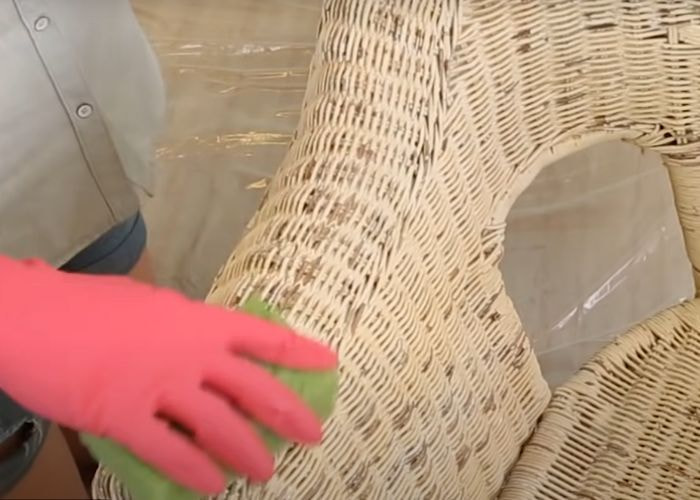
Step 2: Sand the surface
If the furniture has an existing finish or paint, use medium to fine-grit sandpaper to create a slightly rough surface. This promotes better adhesion of the primer and paint. Wipe away any dust created during sanding with a clean, dry cloth.
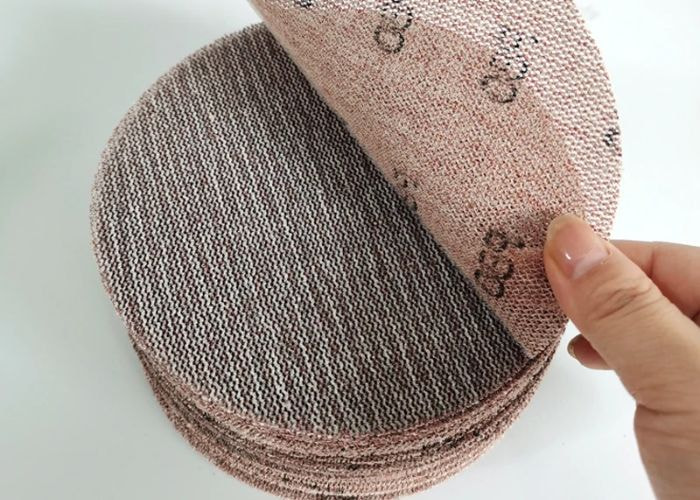
Step 3: Choose the right paint method
Select the appropriate paint for wicker furniture. Oil-based, acrylic, or spray paint are popular choices.
Use spray paint on your furniture to save time and ensure even coverage.
Step 5: Paint and let it dry
Begin spraying the paint onto the wicker furniture, ensuring an even application that reaches all areas, including intricate details. Allow the first coat to dry completely before applying the next coat. Many thin coats of paint are often better than one thick coat.
Follow the paint manufacturer’s recommended drying time between each coat. Proper drying time is crucial to achieving a smooth and durable surface.
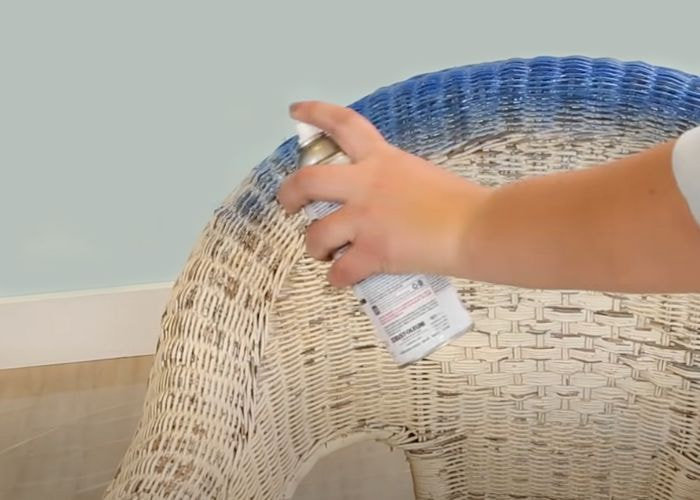
Step 6: Inspect and touch-up
After the final coat has dried, inspect the furniture for any missed spots or uneven areas. Touch up as needed for a consistent appearance.
3. How to repaint wicker furniture?
Wicker furniture is a popular choice for those who love natural, light and airy interior styles. However, after a period of use, wicker furniture can fade, peel or break due to the effects of weather, water or insects.
To fix minor damage and refresh wicker furniture, you can repaint them with the following simple steps:
Step 1: Prepare the wicker furniture
You need to clean the wicker furniture thoroughly by using a brush, soap and water to remove dust, stains or mold. Then, you let the furniture dry completely before painting.
Step 2: Sand the old paint
Use sandpaper or paint stripper to remove old paint. This will help the new paint layer adhere best.
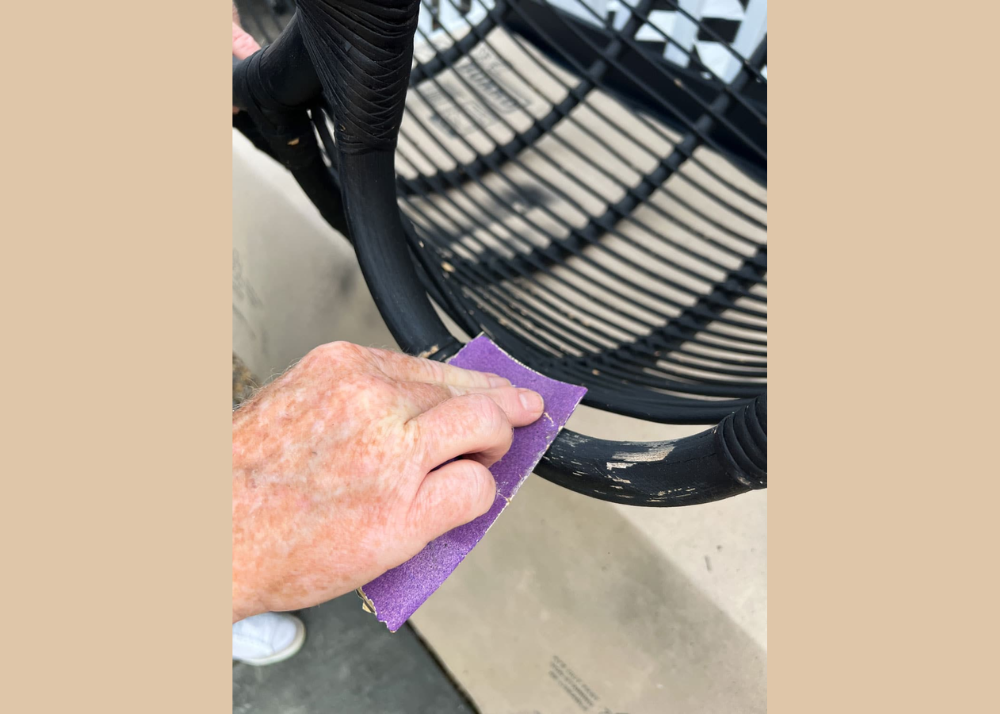
Step 3: Repaint the wicker furniture
You can use a brush or spray gun to paint the wicker furniture. You should paint from inside to outside, from top to bottom and from left to right to ensure that you do not miss or create dents. You should also paint two coats to increase the coverage and durability of the paint.
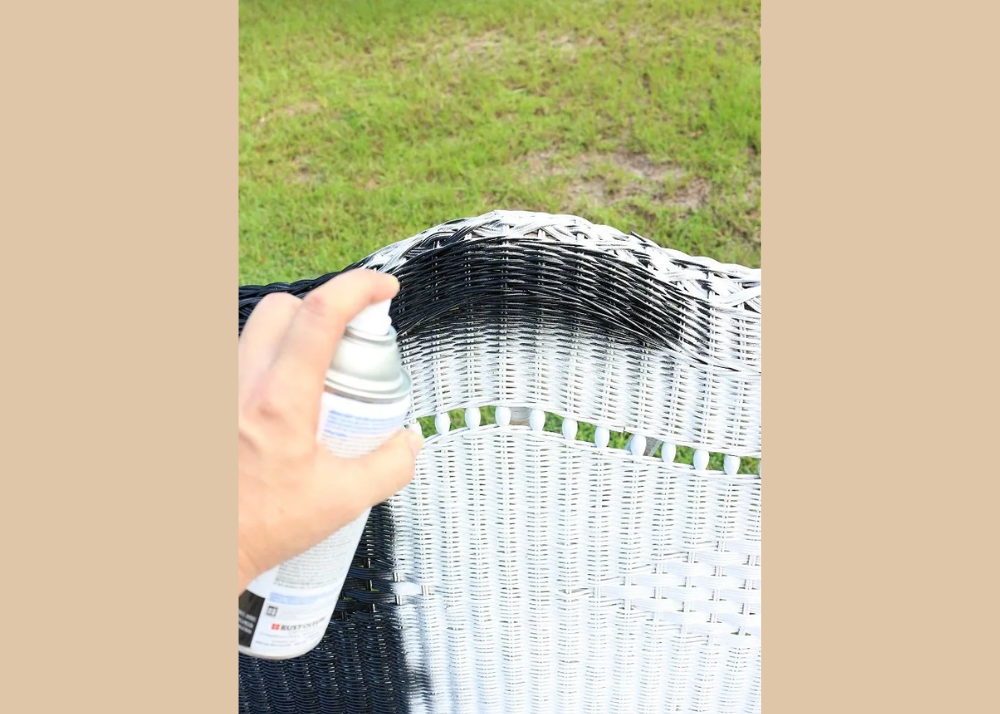
Step 4: Dry and store the wicker furniture
After painting, you let the furniture dry completely in a well-ventilated condition and avoid direct sunlight. You should also store the wicker furniture in dry, cool places and avoid contact with harmful agents such as moisture, insects or mice.
4. FAQs
4.1 What kind of paint do you use on wicker?
Oil paint is a popular choice for wicker furniture because it has high durability, good moisture resistance and is easy to clean. However, oil paint also has drawbacks such as slow drying, unpleasant odor and requiring solvents to clean brushes.
Water-based paint is another option for wicker furniture. Water-based paint dries quickly, has no odor and is easy to clean brushes with water. However, water-based paint has lower durability than oil paint, fades easily when exposed to sunlight and requires multiple coats to achieve the desired effect.
You can also use spray paint to paint wicker furniture. Spray paint has the advantage of being even in color, leaving no brush marks and saving time. However, spray paint also has drawbacks such as being expensive, difficult to control the amount of paint and required to protect the surrounding area to avoid splashing paint.
4.2 What is the best color to spray paint wicker furniture?
One of the simple and effective ways to refresh rattan furniture is spray painting. However, not every color is suitable for this material. To choose the best spray paint color for rattan furniture, you need to consider the following factors:
- The style of the space: You should choose a spray paint color that matches the style of the space you want to decorate. For example, if you want to create a modern and minimalist space, you can choose neutral spray paint colors such as white, gray, black or brown. If you want to create a cozy and romantic space, you can choose pastel spray paint colors such as pink, light blue, light yellow or light purple.
- The quality of the rattan furniture: You also need to check the quality of the rattan furniture before spray painting. If the rattan furniture is damaged or yellowed, you should use dark spray paint colors to hide the flaws. If the rattan furniture is new and bright, you can use light spray paint colors to keep the natural look of the material.
- The purpose of using the rattan furniture: Finally, you also need to consider the purpose of using the rattan furniture. If you want to use the rattan furniture indoors, you can choose spray paint colors according to your personal preference. If you want to use the rattan furniture outdoors, you should choose spray paint colors that can resist UV rays and weather to extend the lifespan of the furniture.
In summary, to choose the best spray paint color for rattan furniture, you need to consider factors such as the style of the space, the quality of the rattan furniture and the purpose of using the rattan furniture. Some suggestions for popular spray paint colors for rattan furniture are cream white, green, orange or purple.
4.3 Do I need to sand wicker before painting?
Painting wicker is a great way to refresh furniture or decor items made of natural fibers. However, before painting, you need to prepare the wicker surface carefully to ensure the best results. One of the important steps is to lightly sand the wicker surface to remove the old paint, dust and stains.
Sanding also helps create roughness for the wicker surface, which helps the new paint adhere better. You can use sandpaper or an angle grinder to do this, depending on the size and shape of the wicker item. You should choose sandpaper with a suitable grit, not too coarse or too fine, to avoid damaging the wicker fibers.
After sanding, you should wipe off the dust with a damp cloth and let it dry completely before painting.
4.4 Can I paint wicker with a brush?
Yes, you can paint wicker with a brush, but you need to prepare carefully before painting. You should clean the wicker by using a small brush or a vacuum cleaner to remove dust and debris. Then, you should use sandpaper to lightly sand any cracks or splinters on the wicker.
You should also cover any parts that you don’t want to paint with tape or newspaper. When painting, you should choose a type of paint that is suitable for wicker, such as acrylic or oil paint. You should paint thin and even coats, waiting for them to dry completely before applying the next coat.
You should use a small and flexible brush to paint into the gaps on the wicker. You should also rotate the wicker to ensure that you paint every angle.
4.5 Is chalk paint good for wicker? What are the cons of chalk paint on furniture?
Chalk paint is a specialized type of paint known for its ability to create a smooth, matte surface that adheres well to various materials, including wicker. Utilizing chalk paint on wicker can enhance its aesthetic appeal, providing a fresh and beautiful look while potentially extending its lifespan.
However, it’s important to be aware of certain drawbacks associated with chalk paint when used for furniture:
- Higher Cost: Chalk paint tends to be relatively more expensive compared to other types of paint. Before opting for chalk paint, it’s advisable to consider your budget and weigh the cost against the desired benefits.
- Potential for Peeling or Cracking: Without careful protection, chalk paint may be prone to peeling or cracking over time. To enhance durability and safeguard against moisture, it’s essential to apply a protective layer of wax or polyurethane to the painted surface.
- Challenges in Cleaning: Chalk paint can pose difficulties in cleaning, especially when dealing with stains or greasy spots. To avoid damage to the paint layer, it’s recommended to use a damp cloth or a mild cleaning solution when cleaning surfaces painted with chalk paint.
If you have any further questions, don’t hesitate to send thanhcongcraft an email us at info@thanhcongcraft.com or message us at WhatsApp: +84967485411. Hope to serve you soon! Best regard!












